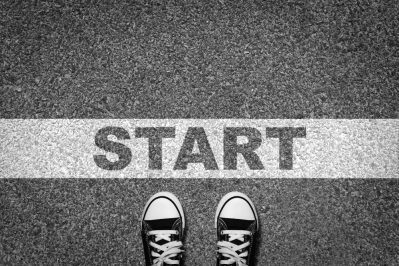Recently, I screwed up. In the middle of coordinating several professional commitments in the same week, I did not look carefully enough at the dates on my calendar. As a result, I committed to be somewhere that would make it impossible for me to get home in time for my daughter’s birthday and the concert I had promised to take her to that night.
As best I could see, I had three options. Break my commitment to my daughter; damage my professional credibility; or try to find another way to get home that would be prohibitively expensive (and still might not get me there on time). None of these options seemed very appealing.
Serendipitously, I heard Kaihan Krippendorff, a world-renowned strategist, give a presentation a few weeks earlier on the notion of there always being a fourth option. This unique perspective is often lacking in standard problem-solving as it requires more prolific, outside-the-box thinking.
At the same time, I have been reading Ryan Holiday’s book, The Obstacle is The Way, which reintroduces stoicism, the ancient Greek philosophy of enduring pain or adversity with perseverance and resilience.
Holiday’s book explains that stoics focus on the things they can control, let go of everything else and turn every new obstacle into an opportunity to get better, stronger and tougher. As Marcus Aurelius put it nearly 2000 years ago: “The impediment to action advances action. What stands in the way becomes the way.”
With both Krippendorff’s and Holiday’s perspectives in mind, I decided to shift my thinking from having three bad options to choose from to considering a fourth option. By changing my perspective, I was ultimately able to find a new way to a solution and, in the process, create a valuable professional opportunity for someone on my team; an opportunity that they might not have been able to take advantage of otherwise. Even better, I didn’t have to compromise.
While limiting your own thinking is dangerous, leaders who present fixed options to their teams to choose from in decision-making multiply this impact. Rather than encouraging dialogue or creative thinking, this instead forces teams to choose from the most obvious options, many or all of which were likely offered by the leader. This shuts down new ideas.
It is much more powerful – and a better reflection of true leadership — to instead ask, “How could we make this work?” and even take the traditional options off the table to rouse new ideas and perspectives. This allows people the capacity to put on their problem-solving hats.
In the same way that we rise or fall based on expectations, if we are willing to learn how to control our emotions when faced with a problem or challenge, we’ll be better able to see that doing so is often the key to our solutions, even if we can’t see it in the moment. It’s really about attitude and perspective; if we think we don’t have options, we don’t.
The next time you face a significant obstacle or a challenge, don’t waste valuable energy and time on how you got there. Accept the reality of where you are and ask instead what can be done with what you have. The answer to that question could be the breakthrough that you have been looking for in your life or your business.
Quote of Week
“It’s not what happens to you, but how you react to it that matters.”
Epictetus









